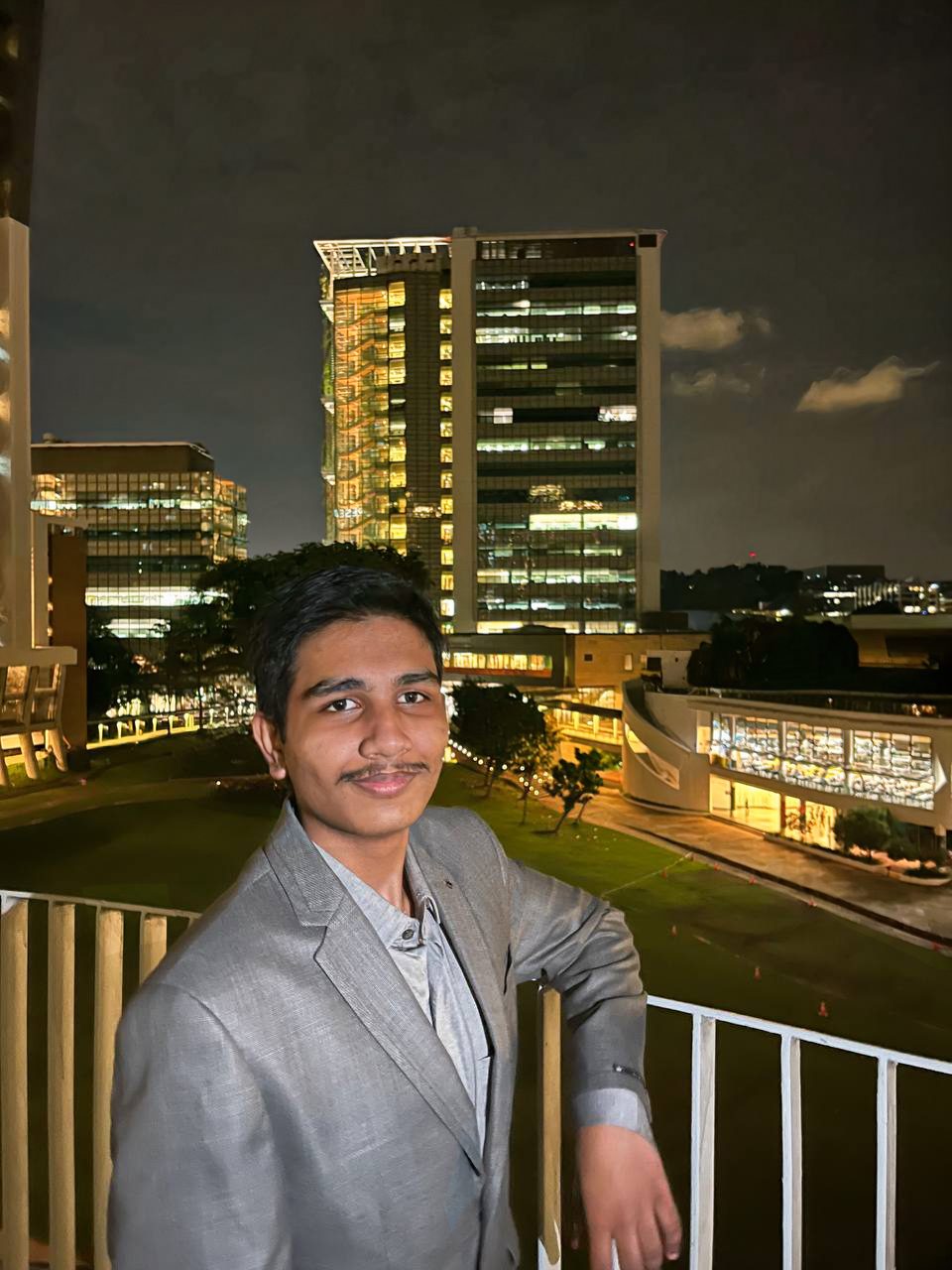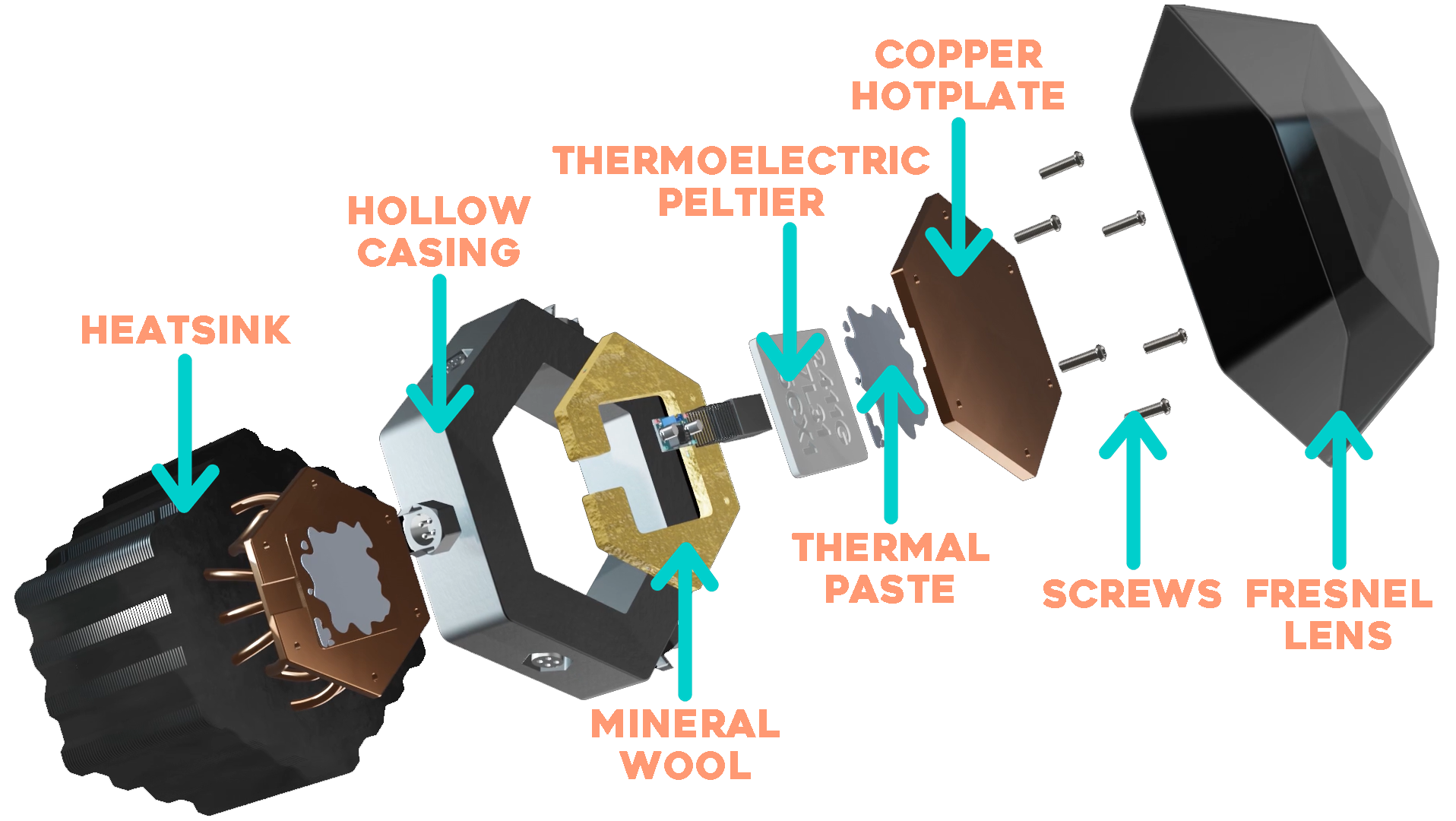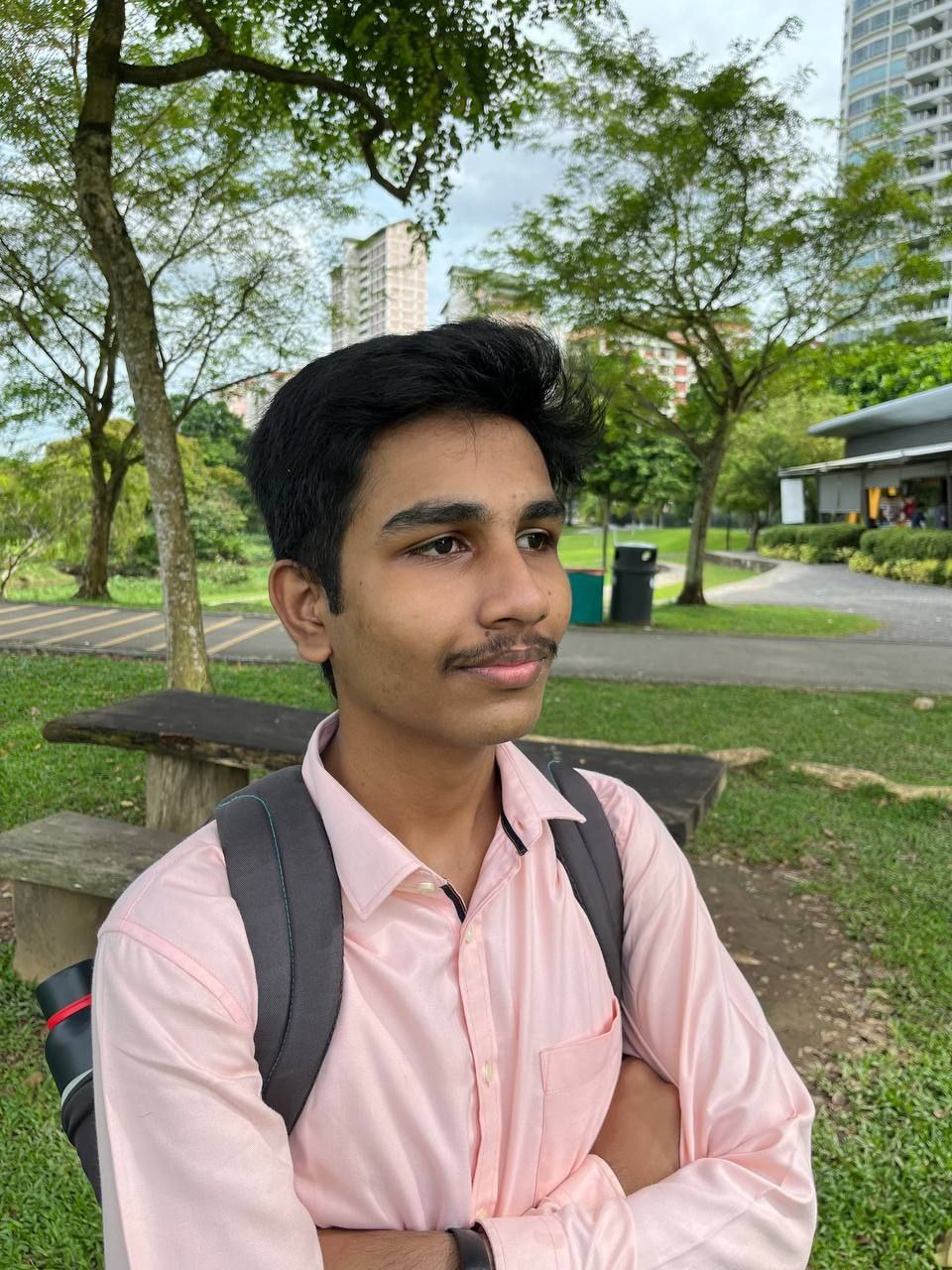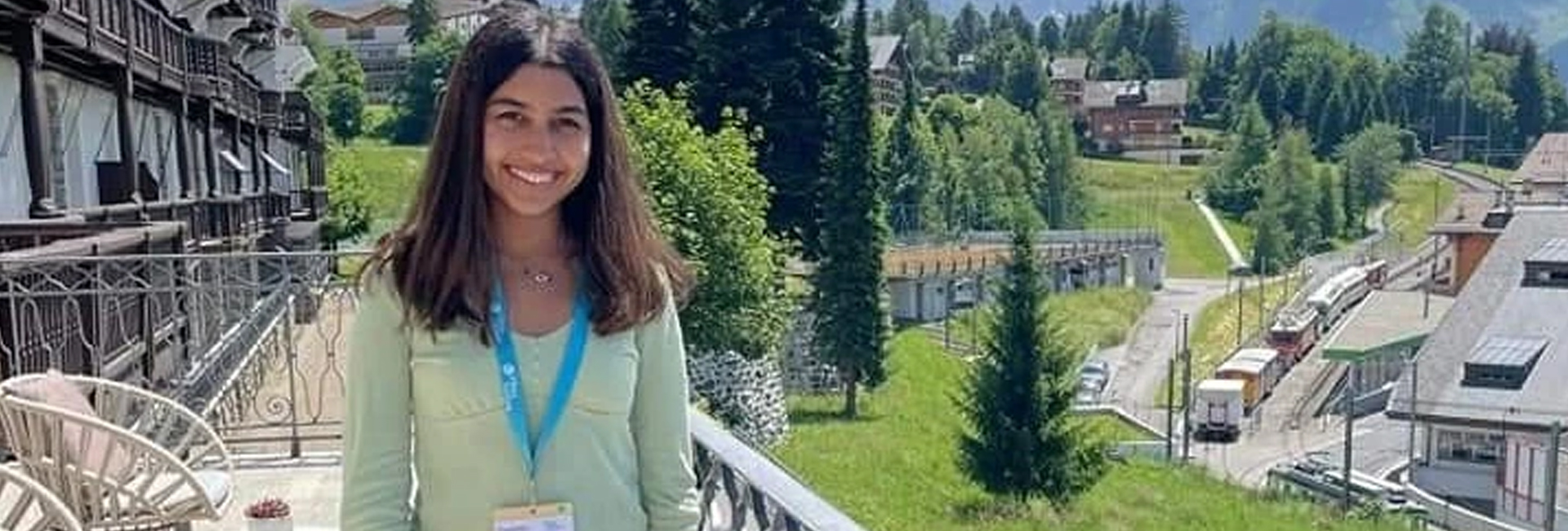(February 14, 2023) It was 3.30 am in Singapore, and Sparsh was neck-deep in an assignment when an email popped up on his laptop. It read that the 17-year-old has won the Children’s Climate Prize 2022 for his innovation – a thermal floater. “I was shocked and didn’t know what to do. I screamed in joy, and I think I might have woken up some of my neighbours,” laughs Sparsh, as he connects with Global Indian. The National University of Singapore student, who has received SEK 100,000 to develop his project (which converts energy from the sun into electrical energy), is ecstatic that he can now show his idea to the world. “I might be biased, but I think it’s a revolutionary idea,” adds the teenager, who hails from Patna.
The idea first struck him when a family member back home fainted due to extreme heat, owing to a two-day blackout. “This annoyed me. Renewable energy is available in plenty but none of it is provided to us through regular supply of energy.” He dove deeper into the idea, and started researching on the net, and realised that renewable energy is costly and takes up a lot of land space (for installation). “That’s when I decided to come up with a solution that was cheap, efficient and compact at the same time.” Sparsh was all of 14 when he resolved to find an answer.

Sparsh won the Children’s Climate Prize 2022
An interest that turned into passion
Electronics was something that fascinated the Patna-born even as a kid. Like most kids, he would dismantle all the toys to know what was inside. “Whenever I saw the television, I wanted to know what was inside it,” he smiles, adding, “When our TV stopped working, I asked my dad to not trash it, as this was my chance to take a sneak peek into it. I actually broke it down to find what was inside it, but didn’t understand a thing as I was just 8,” he laughs. That’s when he understood his inclination towards electronics.


How Thermal Floater works
But things took a turn for the best when Atal Tinkering Labs (ATL) made it to his school when he was in Grade 7. Sparsh became one of the first students to enter it. “The Lab allowed me to view all the opportunities with electronics,” he says. “For the next few years, I learnt about electronics, 3D modelling, animation and coding.”
Building a thermal floater
His first brush with ATL opened up a pathway of opportunities, so when he saw the problem of power outage in Patna, he knew he had to find a solution. While renewable energy was the solution, he still had to create an idea that was feasible and cheap to use the energy. The next two years went into research, a period he calls “challenging.” “With no prior knowledge on thermo dynamics, material science and renewable energy, I had to read a lot to learn the concepts. Moreover, I had to check the feasibility of the idea before coming up with a prototype,” reveals Sparsh, who came up with an impressive way to mitigate climate change by using thermal energy.
So, what exactly is a thermal floater? “It’s a device that generates electricity from the heat of the sun. Unlike the solar panels, it uses water bodies, which hasn’t been explored much before,” explains the innovator, who has used the Seebeck effect to produce electricity. “In the thermal floater, the hot side is the sun and the cold side is the water body. So, when electrons move from the hot side to the cold side, electricity is generated.” By making use of water bodies, it reduces the pressure on land resources and helps create potential for countries where land resources are scarce. Being a clean source of renewable energy, the thermal floater also helps reduce the evaporation from ponds, reservoirs and lakes, thus providing an environmental benefit of the solar-thermal energy in areas that are susceptible to droughts, as water loss due to evaporation can add up over time and contribute to a shortage.
Winning accolades
The concept has won him Children’s Climate Prize 2022, and he is now keen to bring his “revolutionary idea” to a larger audience in the coming three years. He wants to use the prize money to file a patent and work towards the making of a full-fledged prototype, so that it could reach the market as soon as possible. Currently studying computer engineering at the National University of Singapore, Sparsh plans to launch his startup in the field of sustainability in the near future. “I also want the thermal floater to reach a wider audience in the coming years.”


Sparsh is currently studying at National University of Singapore
While he is happy to have come up with a solution through thermal floater, Sparsh had a hard time balancing academics and project work. However, in his first year of graduation, he is happy to have found the right support system in his teachers at the NUS. “It’s much easier to balance studies and thermal floater project here,” says the boy, who loves photography and is also working on other AI projects. The teenager wants other youngsters to take the leap of faith, and use all the available resources to take that first step. “Believe in yourself, and develop the ideas that you have. Give wings to your ideas and dreams.”



